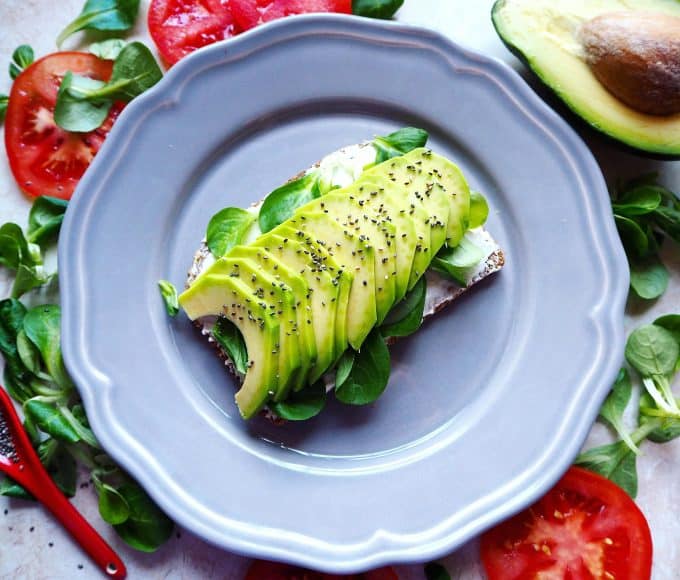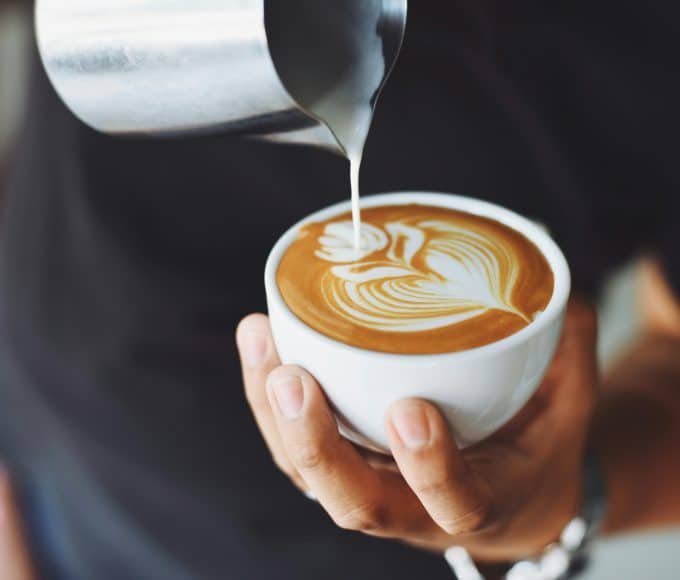While avocados provide a ton of flavor and pack a serious nutritional punch they are often times tricky to prepare and it can be even harder to maintain their brilliant green color. When the flesh of an avocado is exposed to the air it quickly begins to turn brown which ultimately won’t affect the taste of your dish but does makes it less appetizing. Here is everything you need to know about preparing and serving a fresh looking avocado.
Avocados originate from Mexico and have been enjoyed by humans since approximately 10,000 B.C. Today they are grown all over the world but here in the U.S. we usually consume ones grown in California or Mexico. When at the store, look for a fruit that is not too squishy but yields to lightly applied pressure. If avocados are already very ripe they can be store in the refrigerator, otherwise leave them on a counter until soft enough to use.
Avocados are an extremely versatile fruit and could be used in a wide variety of dishes. They make a great addition to salads, sandwiches and omelets and are frequently used in sushi dishes. In some parts of the globe, avocados are a common ingredient in desserts and can be found in ice cream and milk shakes or in juice form combined with a little lemon and sugar.
Renowned for their health benefits, avocados are an excellent source of monounsaturated fats, which are known to lower cholesterol and keep blood sugar levels stable, and provide a valuable amount of folic acid, antioxidants, vitamin B6 and potassium.
To prepare an avocado, cut it in half lengthwise and gently remove the pit from the center of the fruit. Once the flesh is exposed the enzymes it contains will make it turn brown. To slow down the process, sprinkle the exposed surfaces with a little lemon or lime juice. The acids they contain help slow down the chemical reaction that causes browning. If you are storing your prepared avocados for later be sure to wrap them up tightly. Reducing exposure to air will also slow down the browning process.













